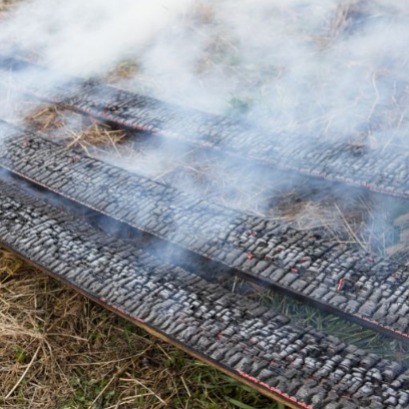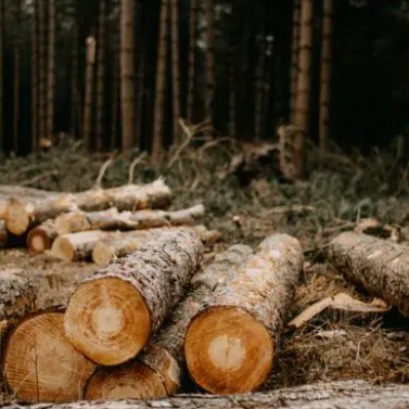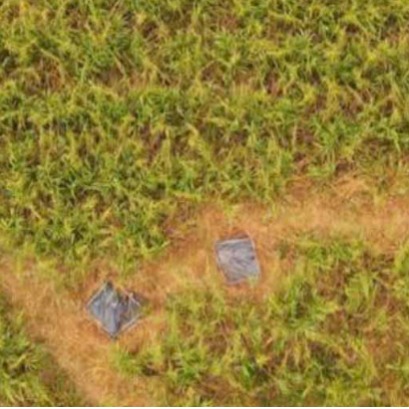
Burned wood: the Japanese technique that beautifies and protects the material
Elegant, ecological and resistant: the wood treated with the millenary technique called Yakisugi challenges the weather and the passage of time. In the world of design and construction, a Japanese ancestral technique is gaining prominence. This is the Yakisugi (also known as Shou Sugi Ban), a method that consists in burning the surface of the wood to make it more resistant and attractive. Although it may seem contradictory, exposing wood to fire gives natural protection against moisture, insects and deterioration over time.
This practice originated in Japan centuries ago and was mainly used in the construction of homes and temples. The traditional process implies burning the outer layer of the wood, brushing it to remove excess carbonization and, in some cases, apply natural oils to seal it. In this way, a wood with a unique texture and color is achieved, in addition to a greater longevity. Yakisugi has several advantages. First, it increases the durability of the wood, making it more moisture resistant and preventing it from rotting easily. In addition, repel -pests like termites and fungi, reducing the need for chemical treatments. Interestingly, it also improves its fire resistance: the burned layer acts as a barrier that retards combustion in case of fire. The application process can be performed in different ways. Traditionally, three tables are tied forming a tube and sets on fire, allowing a homogeneous burning. However, today more controlled methods, such as gas torch or even industrial ovens are used. The result is a dark, elegant wood and with a texture that highlights its natural veins. For this reason, it has become popular in contemporary architecture, especially in facades, coatings and furniture. In addition, by not requiring toxic products for maintenance, it is a sustainable option for those who seek ecological and low environmental impact materials. Despite being an millenary technique, the Yakisugi is still in force and reinvents itself in modern design. Its combination of beauty and functionality makes it an attractive option for both architects and interior designers. Thus, the fire, instead of destroying, becomes the best ally of wood.
IT MAY INTEREST YOU
 Unprecedented Forest Crisis: with 8.1 million hectares destroyed, the goal of zero deforestation is in danger
Unprecedented Forest Crisis: with 8.1 million hectares destroyed, the goal of zero deforestation is in danger
A new report warns that the planet is experiencing an unprecedented forest crisis. In 2�24, forests suffered large-scale destruction with a permanent loss of almost 8.1 million hectares worldwide.
 Vida Silvestre and ArgenINTA promote a national consultancy for the restoration of forest landscapes in Argentina
Vida Silvestre and ArgenINTA promote a national consultancy for the restoration of forest landscapes in Argentina
The Argentine Wildlife Foundation and the ArgenINTA Foundation signed a technical cooperation agreement to begin a consultancy aimed at the Restoration of Forest Landscapes (FPR) in the seven forest regions of the country. The work seeks to generate technical and scientific inputs that guide the design of provincial and national restoration programs, in support of the implementation of Law No. 26,331 on Native Forests.
 Currents | Las Marías invests 8 million dollars to modernize its sawmill in Virasoro
Currents | Las Marías invests 8 million dollars to modernize its sawmill in Virasoro
The traditional company from Corrientes is moving forward with a million-dollar investment to completely renew its forestry-industrial plant. The new European line, fully automated, will increase productive performance and position the sawmill among the most modern in the country.





















